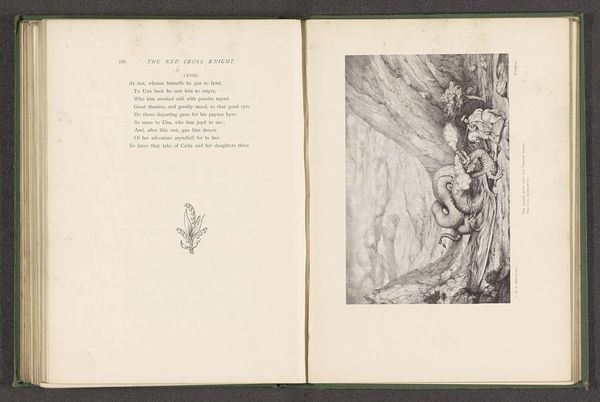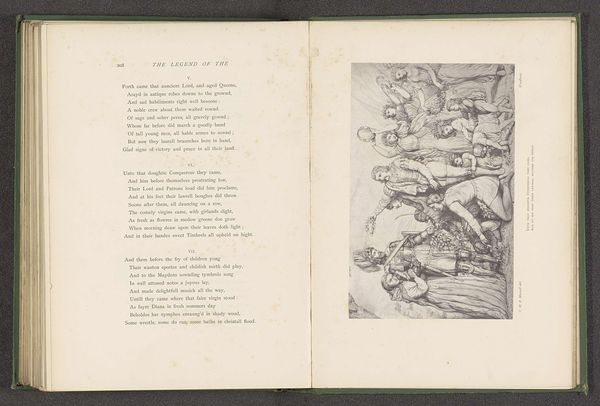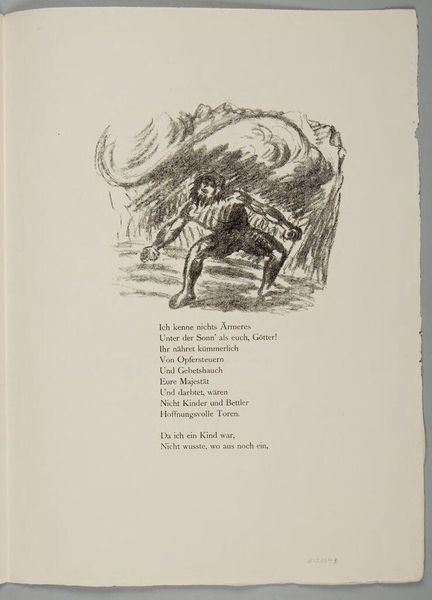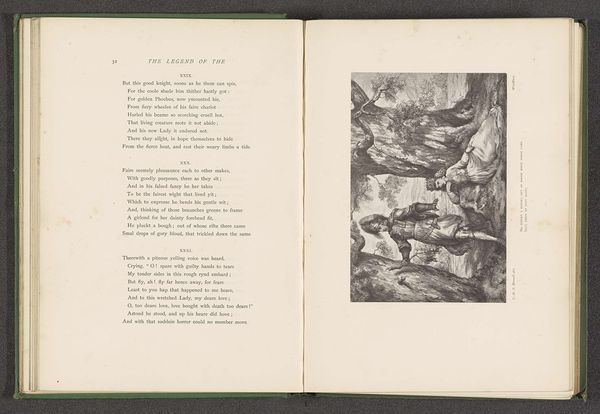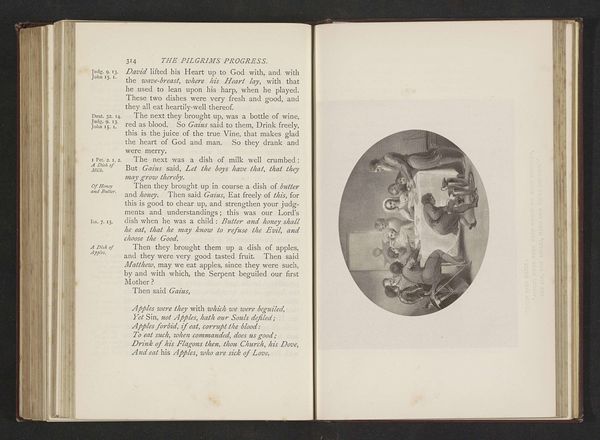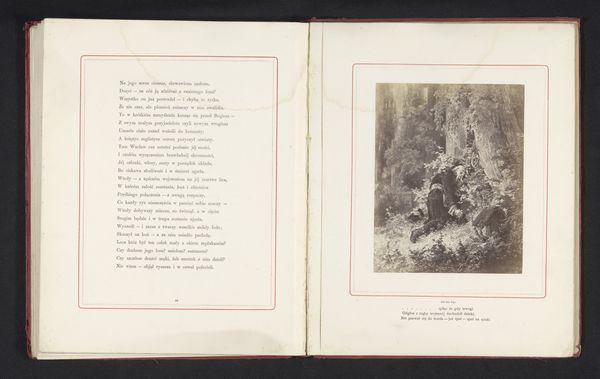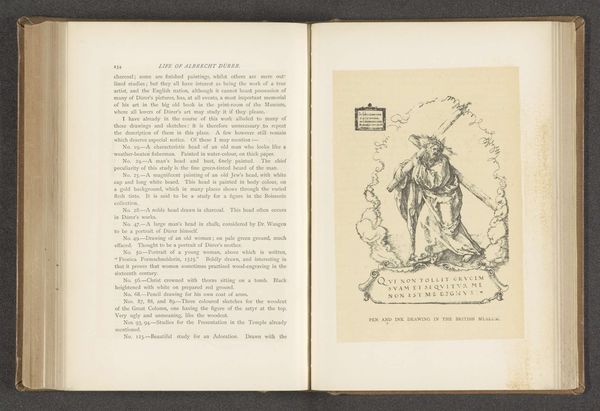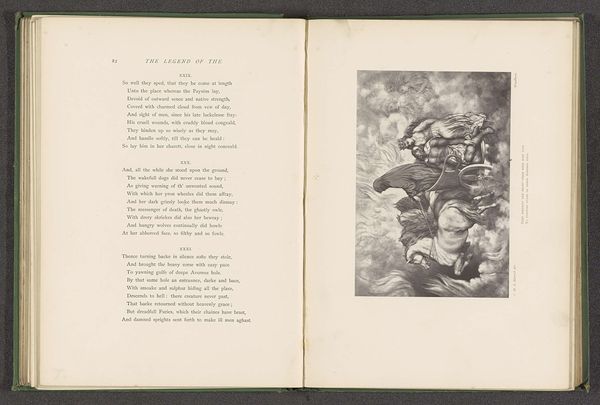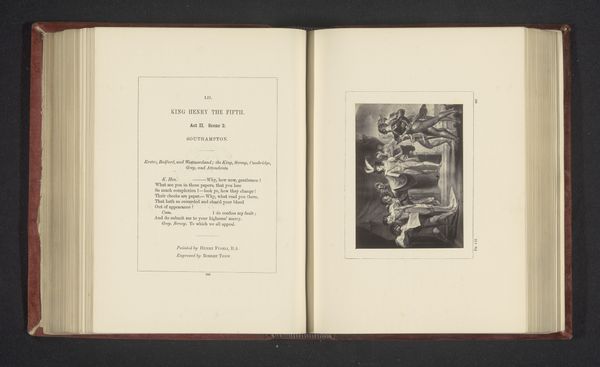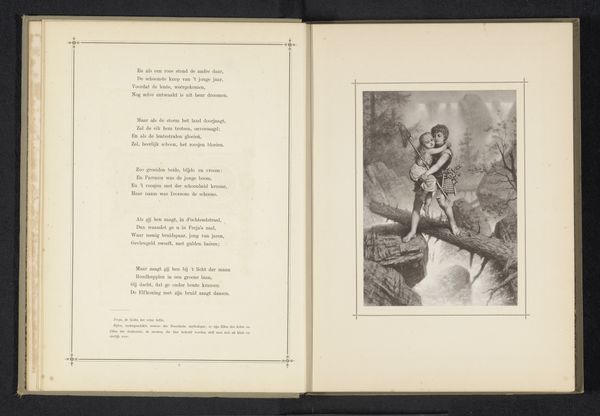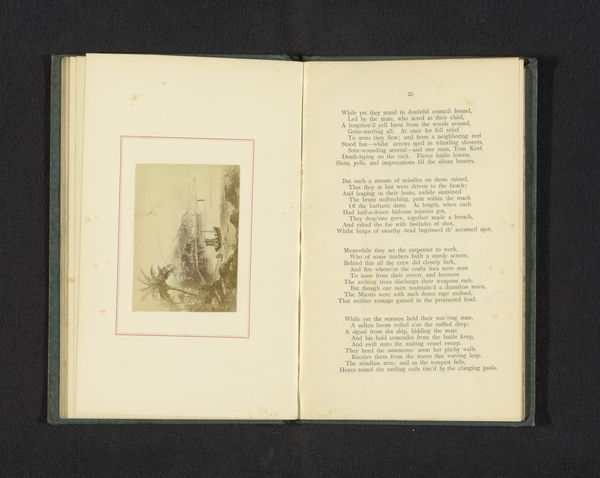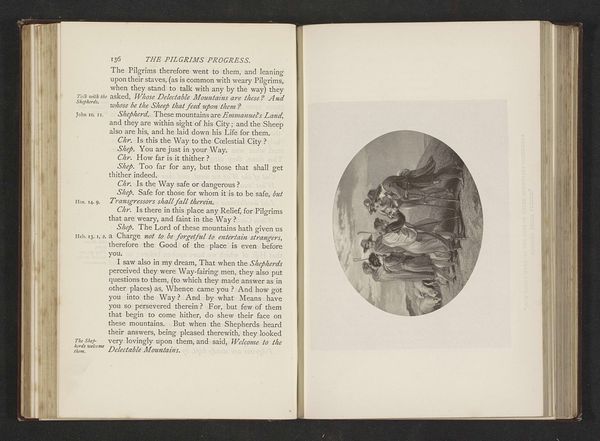
drawing, charcoal
#
drawing
#
narrative-art
#
figuration
#
expressionism
#
charcoal
Dimensions: 17 15/16 x 12 9/16 in. (45.56 x 31.91 cm)
Copyright: No Copyright - United States
Curator: The raw intensity of this image grabs me immediately. It's Oskar Kokoschka's "Job," a charcoal drawing from 1917, currently housed at the Minneapolis Institute of Art. What’s your take as you see it? Editor: The Expressionist style here evokes an incredible rawness and anxiety. Look at how the charcoal barely seems to hold the figures together, especially with that red tint. There’s a fragility here, almost like the story is unraveling as we look at it. I’m interested in that deliberate, yet unstable, construction. Curator: Indeed. The choice of charcoal, particularly within Kokoschka's Expressionist period, is key to understanding its socio-political resonance. Remember, Expressionism provided a conduit for anxieties that simmered beneath the surface, directly reacting against a society becoming mechanized through industry. Kokoschka here subverts the typical use for portraiture or idyllic landscapes, employing it to visually depict human vulnerability during war, scarcity, and political repression. Editor: Precisely, and it's compelling to see it presented in book form with German text above. This makes me consider the art market during this era, and how this accessibility might reflect changing attitudes. Could you perhaps speak on how such accessibility shaped the public role and politics surrounding such images? Curator: Absolutely. Circulating art beyond elite galleries to make it more available as illustrated editions spoke to socialist ideals and fueled revolutionary discourse. In Kokoschka's "Job" publication—and relatedly in the *Der Sturm* journal’s editions—artists addressed working classes more broadly. These cheaper formats democratized ownership and readership of politically loaded images like this, which served a crucial purpose when censorship from authoritative establishments prevailed otherwise. Editor: It’s a strong contrast. A fragile drawing, yet circulated intentionally in this multiple format. It speaks of a world that both desperately needed beauty and to also, somehow, find affordable dissent through imagery at that moment. It’s left me contemplating art's evolving role in a world riddled with change. Curator: An excellent observation. Ultimately, exploring how "Job" physically enters society deepens our appreciation of not only Expressionism but its place in art history amidst such significant world conflict and technological evolution.
Comments
No comments
Be the first to comment and join the conversation on the ultimate creative platform.
